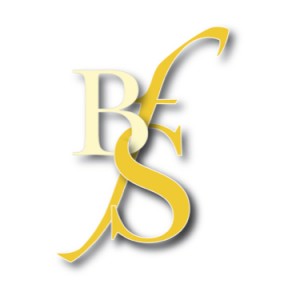Moldau for Two Flutes [Playing score(s)]
- Great for teachers

Pan - Journal of the British Flute Society
This is an arrangement for two flutes of five sections from Smetana’s Die Moldau, described in the preface as ‘one of the most famous symphonic poems in music history’. The orchestral original begins with a pair of flutes depicting the river Moldau (Vltava) as the first drops of water leave the springs at its source and travel through the Czech Republic. Through the course of the work, the listener is taken along the river, encountering different elements of the countryside and gradually growing in strength until it arrives in Prague, transformed into a broad, powerful river.
In this arrangement, five of the main themes from the tone poem have been selected, beginning with the popular opening. The two parts are well matched and interlinked; the semiquaver movement is almost continuous throughout, requiring intelligent breathing choices between the players. The main theme is heard in the first flute part, and soars over the accompaniment while remaining in the comfortable range of the second octave. This movement alone is likely to be very popular, and is ideally suited to intermediate students.
Next comes Forest—Hunting, opening with parallel horn calls before the undulating semiquavers reappear to remind us of the continuous presence of the river. There is much low register playing in this movement, with lots of rhythmic unisons, making it ideal for developing a strong tone and good ensemble playing.
Village Wedding is another of the well-known themes from the piece, with its rhythmic precision and dance-like feel. The frequent slurred pairs and accented offbeats provide excellent articulation practice here, and the two parts are once again well matched, and frequently in the low register.
Moonlight—Nymph’s Dance brings a transformation of the opening material, beginning low and moving gradually into the high register. The semiquavers are handed over from one part to the other, with the aim of a seamless flow, providing opportuni-ties to work on matching tone colour and rhythmic uniformity. The highest moments (going as high as top A) provide some technical challenges, before the opening theme returns in its orig-inal 6/8 form towards the end of the movement.
The final movement, The Moldau’s Broad Stream, provides another transformation of the material, depicting the river’s arrival in Prague. The semiquaver accompaniment is now heard as wide-interval leaps in quaver groups. These are heard in the second flute part, while the first plays the theme above. This accompaniment part is quite challenging and relentless, requiring the player to build appropriate stamina. It would perhaps have been helpful to divide the material more equally between the parts here, but it would be possible for the players to swap parts if needed.
This is a very well-presented edition, with both parts displayed together in a score. Page turns are at times challenging and may require additional copies of individual pages, but this is a minor inconvenience compared to the benefits of being able to play from a well laid out score. The arrangement, on the whole, works very well, and is likely to be enjoyed by players of around Grade 5/6 and above.
From the Publisher
Following the “Carnival of the Animals” edition, Jennifer Seubel has now set her sights on the “Moldau”. The major stopping points in the course of the music have been insightfully and faithfully translated for two flutes. Here advanced students will find beautiful music to play which also contains some small challenges. The arrangement follows the original work with the movements “The First and the Second Source of the Vltava”, “Forest – Hunting”, “Village Wedding”, Moonlight – Nymph's Dance”, “The Vltava's Broad Stream – Vyšehrad-Motiv”.
Contents
- The first and second source of the Moldau
- Hunting
- Village Wedding
- Nymph's Dance
- The Moldau's Broad Stream
Item Details
Instrumentation
- Part 1: Flute
- Part 2: Flute
Publisher: Bärenreiter
Publisher's reference: BA10929
Our Stock Code: 1439274
Media Type: Paperback - Playing score(s) (19 pages [score])





